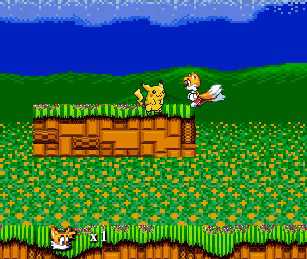

F2P, as Davidovici-Nora points out, also afforded many marketing advantages and game flexibility including: the ability to attract new players who could try the game for free and new sources of value for longer-term players. The internalization of in-game assets, in-game currencies (i.e., a more internalized market-place) gave platforms more control over their own copyright and the gaming ecosystem. Concerns arose when this created disparities between different players (traders and non-traders of assets), copyright violations, and the involvement of unscrupulous operators. In essence, when some massive multiplayer online (MMO) games became popular, the only way to trade in-game assets was on third party sites.

In each case, the trend has been towards the greater monetization of games, with an increasing focus of encouraging the use of ongoing micro-transactions and repeat purchases to provide additional streams of revenue for the gaming industry ( King, Delfabbro, Gainsbury et al., 2019).Īccording to Davidovici-Nora (2013) and Hamari and Lehdonvirta (2010), new F2P business models involving in-game micro-transactions emerged within the Asian region as a result of problems with real money transactions, the use of bots and cheating software, piracy and other criminal activities in the late 1990s and 2000s. Broader terms such as play-to-play (P2P) are often applied to any games which require an outlay to gain access to games or game functionality, with the term ‘play-to-win’ (P2W) referring to games which advantages in the game are afforded by paying money (e.g., to get better in-game assets) rather than through just skillful play. These included: (a) free-to-play (F2P) models in which people could gain access to entire games, but which required them to pay for additional content such as gaining access to certain levels or content or pay for in-game assets (b) subscription models in which whole games are sold in stages or (c) ‘Freemium models’ in which limited versions of games are made available, but the person has to pay to obtain full access to all the functionality of the game. In the 2000s, as broadband Internet spread around the world, new models began to emerge ( King & Delfabbro, 2019a, 2019b). Player access to gaming features or levels was predominantly based on natural game progression and playing skill. There was usually a single (often larger initial financial outlay), but then all games and game options were largely owned. In P2O, consumers would outlay money for consoles, handheld devices or computer software (e.g., CDs) that could be installed. In the 1990s through to the 2000s most gaming was based on a ‘pay-to-own’ (P2O) model. Over the last two decades, there has been a significant transformation in the nature of commercial gaming.


 0 kommentar(er)
0 kommentar(er)
